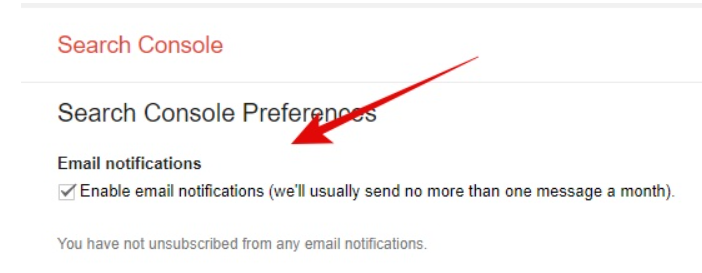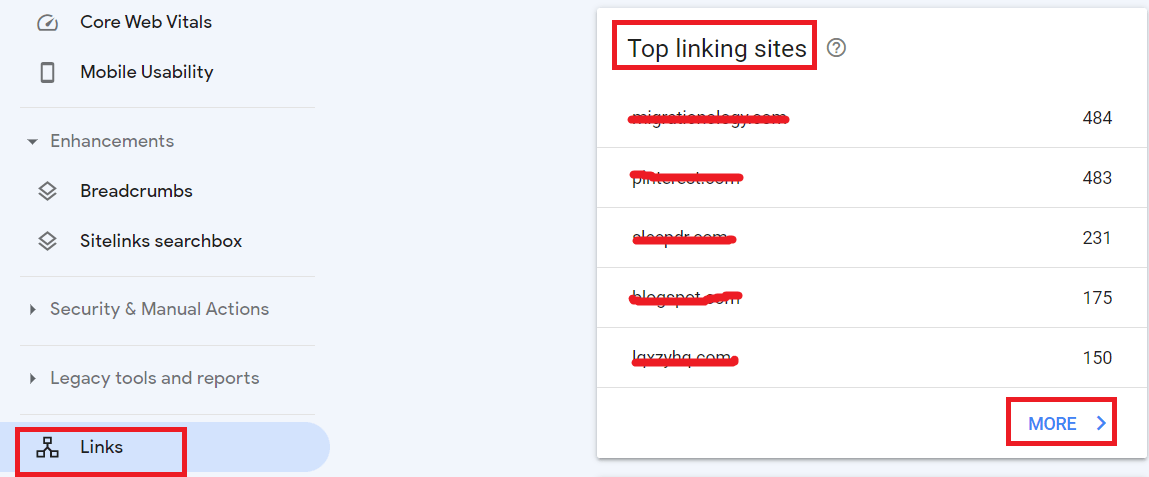WHAT IS NEGATIVE SEO?
No webmaster or website owner intentionally does negative SEO on his/her website. In fact, some of your competitors or spammers may try to bring down your site’s search ranking by doing so. Negative SEO refers to black hat SEO techniques. To maintain your search rankings, you have to fight against this black hat SEO, only then you will be able to maintain the search rank of your website or blog.
Now; it is not easy to maintain top rankings in Google as before. Today, along with writing long and quality content, you have to fight spams to protect it from negative SEO. Otherwise, despite having a lot of quality content on your website, spammers will down or remove your website from Google search engine by doing negative SEO.
This article will help you understand what is negative SEO and how to protect your website from negative SEO. For complete information, read this article till the end.
WHAT TYPES OF ACTIVITIES COME UNDER NEGATIVE SEO?
NEGATIVE SEO TECHNIQUES can be done on the website in many ways. They may include:
- Creating spammy backlinks on your website
- Creating thousands of backlinks using a tool
- Trying to remove high quality backlinks from your website by competitor or spammers
- Reducing your brand reputation by creating fake social profiles
- Hacking your website
- Copying and redistributing your content on other platforms
- Pointing your website link with unrelated keywords.
IS NEGATIVE SEO REALLY A BIG THREAT?
Yes!!
There is no doubt.
Now-these-days, many popular websites are facing this issue, some of which have fallen in Google’s rankings while some have been removed from Google.
Meaning spammers can not only get their search rank down by doing negative SEO, but Google can also make your site disappear from the search results if spam score of your site is really high.
Therefore, there is no doubt that if you want to maintain your website in SERPs, then you have to protect your website from the bad impact of “Negative SEO”.
To help webmasters deal with this problem, Google has released a tool, called Disavow Tool, with the help of which you can filter spammy links.
HOW TO PROTECT YOUR WEBSITE FROM NEGATIVE SEO?
In this section, we will discuss how you can protect your website against negative SEO. So, lets DIVE-IN:
1. SET UP GOOGLE SEARCH CONSOLE (GOOGLE WEBMASTER):
Google always keeps you updated about your site and gives quick information if there is any problem with your website.
Google will send you an alert mail if you have the following problems:
- In case of malware attack on your website
- If the posts or pages of your website are not getting indexed
- In case of server connectivity problem on your site
- When you get manual penalty from Google

2. CHECK YOUR WEBSITE’S DUPLICATE CONTENT:
It is very easy for anyone to copy the content of a website and publishing it on other websites and platforms. There are many spammers who copy the content and distribute it all over the Internet.
So, if most of your website content gets duplicated, there are chances that your website or blog could be penalized and ranking could be low.
There are many free tools available, by which you can check plagiarized or duplicate content. Some of the best free tools to check if your website or page has duplicate content on the Internet are:
If most of your website content is plagiarized or duplicate, then there is a high chance that your blog may be penalized by Google.
When this happens, the search rankings of your website drops and many times Google removes your site from the search results if there is more duplicated content.
If the content of your website has been published elsewhere without your permission, then you can file a complaint in Digital Millennium Copyright Act (DMCA) against it and get it removed.
3. KEEP AN EYE ON YOUR BACKLINKS PROFILE:
This is the most important protection action against spammers. Your competitors or spammers can create spammy or low-quality links to your website.
Now, the question is how to check your backlink profile.
For this, there are many free and paid tools which allow users to check backlink profile such as SEMRush, Ahrefs, Moz Open Site Explorer and Monitor Backlinks.
You can also check your backlink profile in Google Search Console (Google Webmaster). For this, first you have to login into your dashboard. Here, you will see an option “Links”, click on it. Under this option, you will see an interface something like this:

Here; you will see an option “Top Linking Sites”, click on “More” under this option. Now, you will see all the backlinks for your website. Export them and check one-by-one.
4. PROTECT YOUR WEBSITE’S BEST BACKLINKS:
Spammers or your competitors don’t only do spam linking for your website but also try to remove authoritative and quality backlinks of your website. For this, they usually contact the owner of the banking website using your name and request them to remove backlink.
To avoid this, when you communicate with webmasters, always use professional email account (an email address from your domain), rather than public mail like Gmail or Yahoo. Your email should look like this: yourname@yourdomain.com.
Tell the website and blog owners from which you’re taking backlinks to ignore requests other than your professional email id.
5. CHECK FOR YOUR WEBSITE’S SPEED:
Website loading speed is an another important factor when it comes to Google rankings. Faster loading websites give better Google ranking and better user experience to your audience.
If your website loading speed suddenly slows down, then chances are that someone is sending thousands of requests per second to your server to bring down your server.
In such a situation, by testing the loading speed of your blog or website, you can find out whether there have been attacks on your site or not. For this, using GTmetrix, Pingdom and Uptimerobot tools, you can check your website loading speed.
You can also check your website’s loading speed in the Google Analytics tool. For this, first go to your Google Analytics dashboard. Here; you will see an option “Behavior”, then click “Site Speed” and then “Overview”.
Here’ you will see all details related to your website speed (for reference, see the below image).

6. DON’T DO NEGATIVE SEO BY YOURSELF:
Make sure that you yourself are not harming the SEO of your site by using negative SEO techniques. Many webmaster make some common mistakes which may lead to negative SEO. Some of these common mistakes include:
Keyword Stuffing: Do not use too many focus keywords in your article. It is called keyword stuffing.
In the old times, using more and more keywords was the key to get a high rank in search results. But now, Google is getting more smart than never before. Keyword stuffing may have a negative impact on your website’s SEO.
Create long content and use keywords in the right place. Keep keyword density not more than 1.5% – 2% in your content.
Paid Links: Do not buy links. Google does not like sites that buy and sell backlinks. It breaks Google’s guidelines.
Article Spinning: The re-writing of an article is called “Article Spinning”. Article rewriting or article spinning may have negative SEO effects; including:
- It creates low-quality and sometimes unreadable content
- Bad user experience
- Make you unprofessional
Invisible Text and Links: Invisible text means making the color of text white. These texts are not visible to the visitor, but Google can easily identify and consider them as a spam.
Spam Comments: If someone makes spam comments on your site, remove them immediately. If you are a WordPress user, then you can use Akismet Anti-Spam plugin that automatically filters spam comments.
Link Exchange: It only works for a short duration of time, but there are risks too. If you add bad links and unrelated links, then it is a sign of negative SEO.
Paid Traffic: If you buy paid traffic, it will increase the bounce rate of your website. People just come and exit your homepage and higher bounce rate is not good for your blog or website.
In addition, building links to websites with high spam scores, penalized sites will destroy your website’s SEO.
7. MONITOR YOUR SOCIAL PROFILES:
Often spammers mislead your customers and audience on social media platforms by creating fake accounts in your name or with your brand.
To avoid such troubles, you have to keep an eye on all your social media profiles. If you don’t have time for this, then you can use tools like Mention.net.
As soon as someone mentions your name or brand on social media platforms, you will get a notification and you can take immediate action for it.
Apart from this, spammers also try to collect your personal information by joining the friend list of your social media profiles. Therefore, do not include any unknown people in the friend list of your social profile.
8. DO NOT MAKE ANYONE YOUR ENEMY:
There is no reason to create enmity with anyone anywhere in the life. You should never have enmity with anyone. In the online world, don’t do this at all. Never argue with your clients or any other competitor. You never know how big a loss they can do to you.
Often people do spamming for the following reasons.
- For revenge
- For fun
- To overtake the competitor in the search engine
- To take out your enmity with someone
TAKE AWAY
Now; you must come to know what is negative SEO and how to tackle it. If you have any question or suggestions, please leave in the comment section below.

